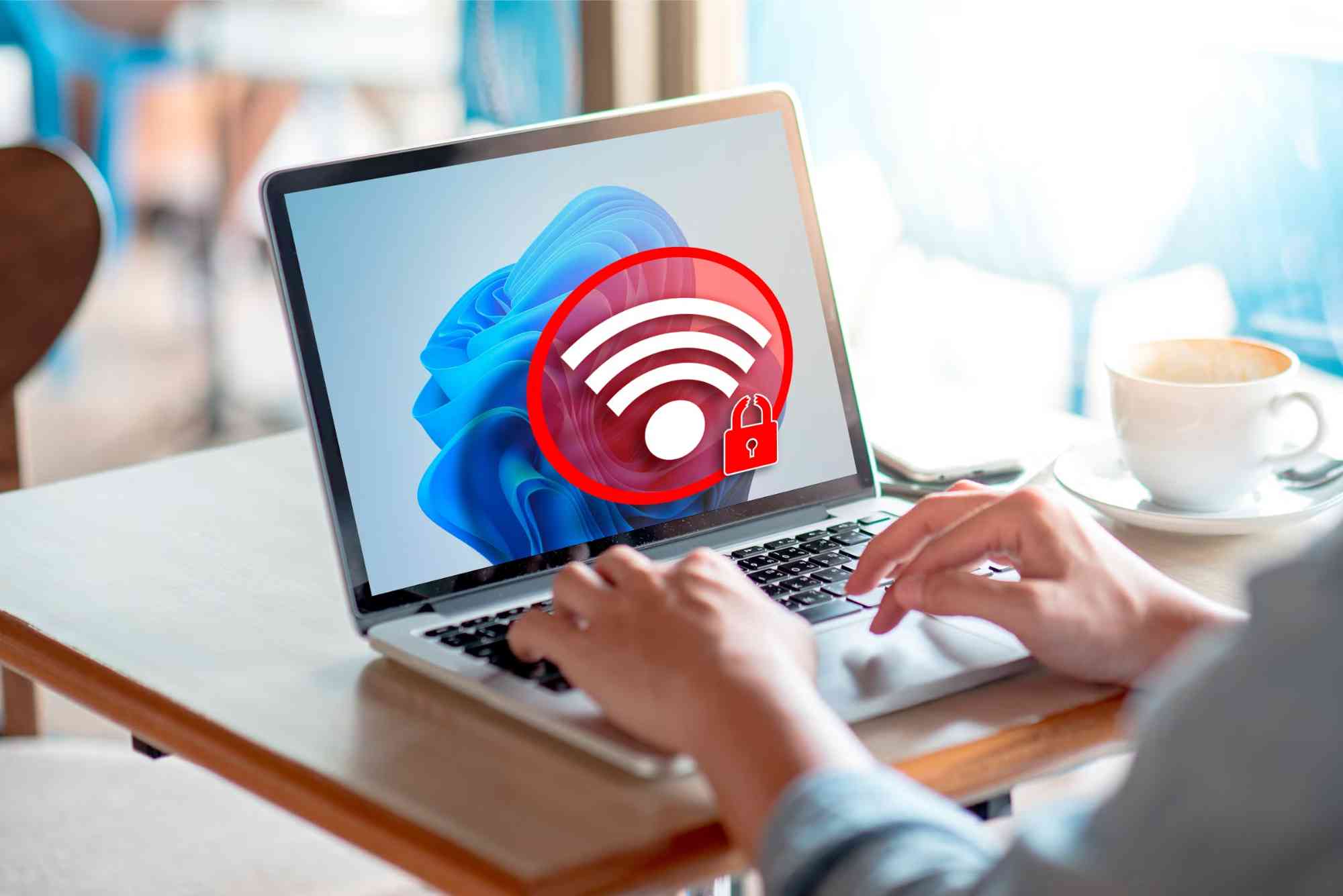Setting up your router for cable internet might seem intimidating, but it’s easier than most people think. A proper setup ensures fast, stable, and secure Wi-Fi for your home or office. Whether you’re upgrading your system or setting up for the first time, this detailed cable internet router setup guide will walk you through every step with clear, easy-to-follow instructions.
Understanding Your Cable Internet Connection
Before diving into the setup, it’s important to understand how cable internet works. Cable internet delivers data through the same coaxial cables used for television services. The modem receives the signal from your provider and the router distributes that connection wirelessly to your devices.
When you connect the router to the modem, you’re creating a local network that allows multiple devices to access the internet simultaneously. Ensuring this connection is correctly configured can make the difference between a frustratingly slow connection and a lightning-fast one.
What You Need to Get Started
To set up your router for cable internet, gather the following essentials:
A cable modem provided by your Internet Service Provider (ISP), a compatible router, an Ethernet cable, and a power source. You’ll also need your ISP account details to activate your internet connection.
If your provider hasn’t activated your connection yet, it’s a good idea to contact them before beginning. Once the service is active, you can proceed with the setup confidently.
Step-by-Step Cable Internet Router Setup Guide
Position Your Router Correctly
The location of your router impacts Wi-Fi performance. Place it in a central, open area of your home, elevated from the floor, and away from walls or metal objects. Avoid putting it near microwaves, cordless phones, or other devices that may cause interference.
Positioning your router properly helps you achieve optimal signal strength and minimize dead zones.
Connect the Modem and Router
Start by unplugging your modem and router from power. Connect one end of the coaxial cable to the modem and the other to the wall outlet. Then use an Ethernet cable to connect the modem to the router’s WAN (Internet) port.
Plug both devices into power and wait a few minutes for them to initialize. The modem should display steady lights indicating a stable connection. Your router’s internet light should also turn solid, signaling successful communication between the devices.
Access the Router’s Configuration Page
Once your router is powered on, connect your computer or smartphone to it via Wi-Fi or Ethernet. Open a web browser and enter the router’s default IP address, typically “192.168.1.1” or “192.168.0.1”. You’ll find this information printed on a sticker at the back of your router or in its manual.
Log in using the default username and password, usually “admin”. Once inside, you can begin customizing your network settings.
Configure Your Wi-Fi Settings
Creating a unique network name (SSID) and strong password is essential for security. Choose a name that’s easy to recognize but not personally identifiable, and use a mix of letters, numbers, and symbols for the password.
If your router supports dual-band (2.4 GHz and 5 GHz), configure both bands separately. The 2.4 GHz band provides better range, while the 5 GHz band offers faster speeds at shorter distances.
Update the Router Firmware
Firmware updates are often overlooked, but they’re crucial for maintaining performance and security. Visit your router’s settings page and check for available updates. Install any new firmware to ensure your device runs smoothly and safely.
Regular updates help fix bugs, close security vulnerabilities, and improve network stability.
Connect Your Devices
After setting up the Wi-Fi network, connect your devices such as laptops, smartphones, and smart TVs using your new SSID and password. Check the connection speed to ensure your internet is performing at its expected level.
If you experience slow speeds, reboot your router and modem, or contact your ISP for further assistance.
Troubleshooting Common Router Setup Issues
Even with careful setup, you may encounter a few issues. If your router isn’t connecting to the internet, ensure all cables are securely attached and that your modem is properly activated.
If Wi-Fi signals are weak, try repositioning the router or switching to a less crowded channel in the router settings. For devices frequently losing connection, updating firmware or performing a factory reset can often resolve the problem.
Securing Your Home Network
Network security should be a top priority. Change your router’s default login credentials immediately after setup to prevent unauthorized access. Enable WPA3 or WPA2 encryption for your Wi-Fi, and avoid outdated security modes like WEP.
You can also disable remote management features unless necessary, and periodically review connected devices to detect any unknown access.
Optimizing Router Performance
To get the best from your cable internet connection, adjust settings for maximum performance. Enable Quality of Service (QoS) features to prioritize bandwidth for gaming, video streaming, or video calls.
Keep your router free from dust and ensure it has proper ventilation to avoid overheating. Rebooting it once every few weeks can also refresh connections and enhance stability.
Why Router Setup Matters for Cable Internet
A well-configured router ensures you get the speeds you’re paying for. Many users underestimate how much poor setup affects performance. Incorrect placement, outdated firmware, or weak passwords can reduce speed and expose your network to risks.
Setting up your router correctly not only improves connection reliability but also extends the life of your devices and provides a smoother online experience for everyone in your household.
For users who prefer professional setup or advanced networking services, you can explore Dhanote Internet Services for personalized support and reliable solutions.
FAQs About Cable Internet Router Setup
1. Do I need both a modem and a router for cable internet?
Yes. The modem connects to your ISP and converts the cable signal into data. The router distributes that connection wirelessly to your devices.
2. How do I know if my router is compatible with my cable internet?
Check the router’s specifications and ensure it supports DOCSIS standards compatible with your modem (usually DOCSIS 3.0 or 3.1).
3. What should I do if my Wi-Fi speed is slower than expected?
Reboot your router and modem, check for firmware updates, and ensure you’re connected to the correct frequency band. Placement can also make a big difference.
4. Can I use my old router with a new internet plan?
It depends on your router’s compatibility and speed capabilities. If your new plan offers higher speeds, upgrading your router may help you take full advantage of it.
5. How often should I replace my router?
Routers typically last between three to five years. Upgrading sooner can ensure you benefit from the latest technology and security standards.
Take Control of Your Home Internet
Setting up your router for cable internet doesn’t have to be complicated. With this cable internet router setup guide, you can confidently configure your network for optimal performance, security, and reliability. By following these steps, you’ll enjoy faster speeds, fewer interruptions, and a seamless online experience.








